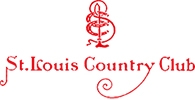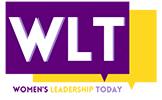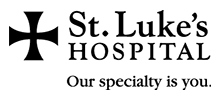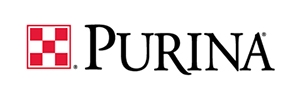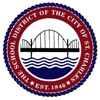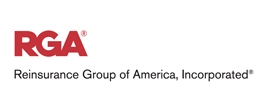
Working effectively with your boss requires a clear understanding of his/her leadership style.
Your boss’ way of leading reflect his/her personality, values and experiences. Some leaders may be control freaks and abusive with their power, some may be rule followers and others may be so laid back that he/she leaves you alone to get the work done often without direction.
Whatever your boss’ leadership style, recognizing his/her approach will not only allow you to work in harmony together, it will also offer you opportunities to take initiative and strengthen other skills such as your emotional intelligence. For example, if you know your boss regularly attends scheduled monthly leadership meetings with other department heads, you could provide a reminder of this meeting a week before and ask him if he needs any necessary information prepared for the meeting. Your boss will appreciate the initiative, your organizational skills and the effort on his behalf.
“Leadership is lifting a person’s vision to high sights,
the raising of a person’s performance to a higher standard,
the building of a personality beyond its normal limitations.”
~ Peter Drucker
The following leadership styles provide insight to behavior and approach to help you better understand your boss’ “way” and increase job performance.
Autocratic Style
Autocratic derives from the words “auto,” meaning self in Greek and “cratic,” which implies rule. This top-down approach is like the phrase, “It’s my way or the highway.” Autocratic leadership typically entails one person making all strategic decisions for subordinates.
Autocratic leaders are known as innovators and are often hired to improve efficiencies within specific departments, grow their customer base and lead the way for long-term growth.
Although this leading-with-an-iron-fist approach has become unpopular over the years, this leadership style still exists. It can suppress creativity and create a workplace environment filled with stress and anxiety. Industry sectors where this leadership style is most prevalent include manufacturing, sports, restaurant and the military.
Bureaucratic Style
The term bureaucratic is derived from the French word “bureau,” which stands for office or desk, and the Greek suffix “kratia,” which denotes the power of. Bureaucracy is, in essence, “the power of office.” Bureaucratic leaders focus attention to detail and help bring control, order and clarity to situations. These leaders follow the “bureaucratic red tape rule book” to the tee. This means the bureaucratic leader has a rigid division of labor and clear structure of command, enabled by specific, strict rules. Through consistent routine, bureaucratic leadership ensures you know your role and responsibility and are focused on the task at hand.
The leadership style can lead to great success in task-focused work situations. This impersonal manner, however, can squash creativity, which can lead to poor performance and low job satisfaction.
Laissez-Faire Style
Laissez faire is a French phrase meaning “allow to do.” Laissez-faire is a style of leadership that allows you a great deal of independence in daily work. When assigned a task, you’re responsible to see the project through to completion. Your boss will be hands-off, only providing support if needed.
This type of leadership can be effective if you’re highly skilled and experienced with your job duties. It can help strengthen creativity and stimulate innovative thinking. Though, research suggests this leadership approach leads to the lowest levels of productivity and isn’t a good fit for individuals who require supervision or are new to a job as they can become lazy and perform poorly.
Democratic Style
Democratic derives from demos” meaning “the people” in Greek and “cratic,” which implies “rule.” Democratic translates into “power to the people.” A democratic leadership style can be also called participative leadership, capturing the ideas of involvement and engagement from you and others. It’s an open approach to leading, where decision making is shared, and the views of others are valued. It allows for the perfect balance of authority from a leader and participation from his/her subordinates, working hand in hand to accomplish work.
Democratic leadership is immensely popular, because it’s an excellent way to empower others. It promotes creativity, a shared vision and builds commitment and loyalty. This leadership style may not be ideal when requiring quick decisions because of the amount of time it takes to deliberate among team members when a decision is needed right away.

